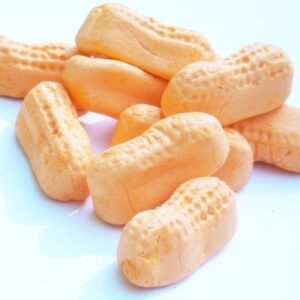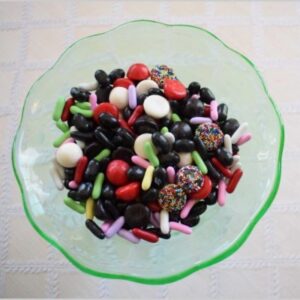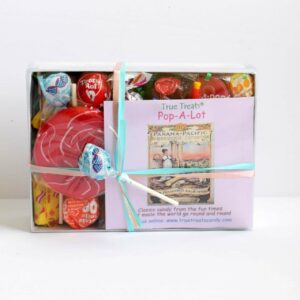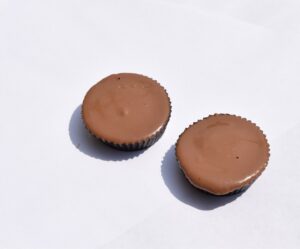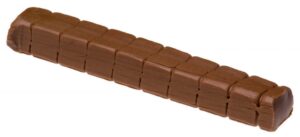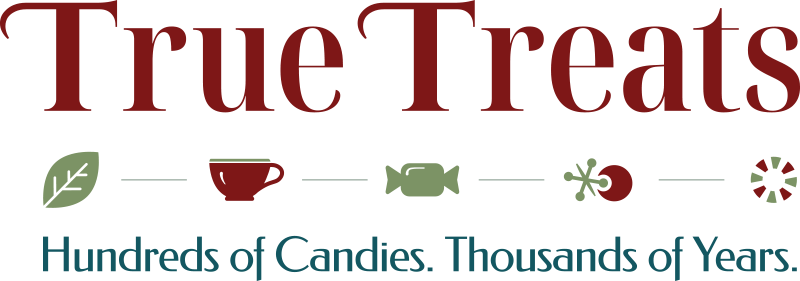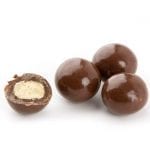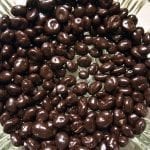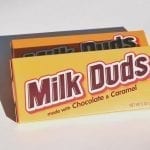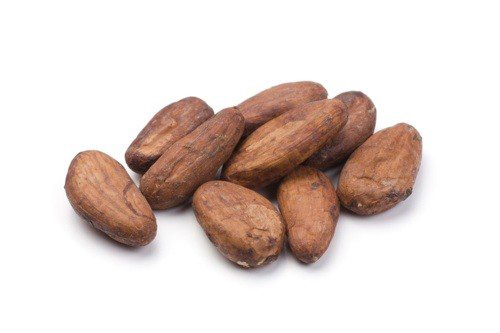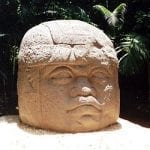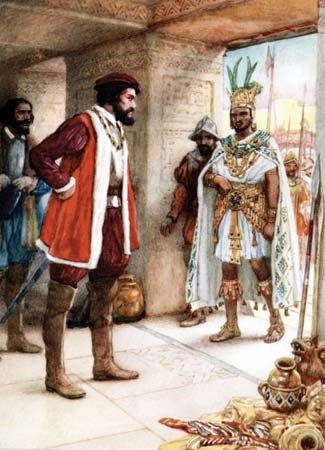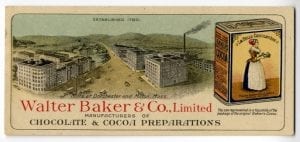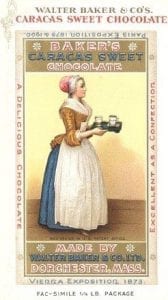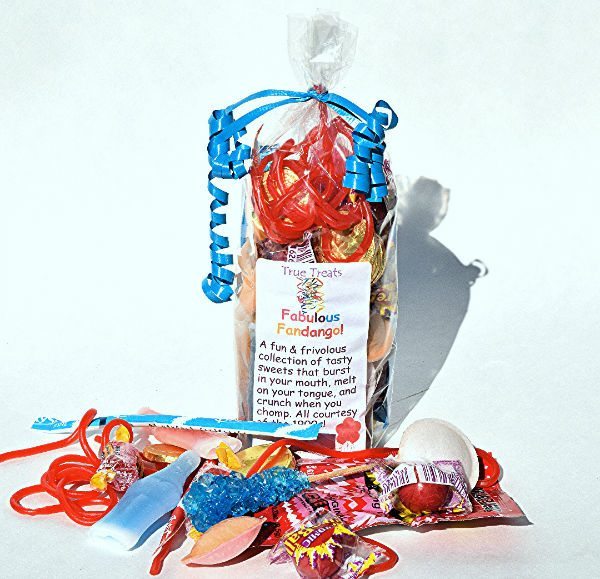When you go to an amusement park, you may notice that there are two types of roller coaster riders: one has hands flung in the air, faces broad with animated expressions, plenty of laughter, and plenty of screaming. Fun screaming. The other is white-knuckled, fingers so tightly wrapped around the bars, you’d think they’d make an imprint. Their eyes are closed – rigor mortis seems to have set in.
Same is true with candy. When the fun-loving visitors come into the True Treats shop, they are excited about the variety, the color and the stories. When they get to the retro-ish stuff, they practically swoon with memories of their childhoods, their grandparents, their vacations and on and on. They ferret out the most unusual candies or the ones with the highest degree of memory per bite.
As for the white-knuckled contingent – they walked hesitantly around the shop with cautious interest. If they have kids, the kids can pick one candy only. For the kids, this is not a fun decision. The parents watch with stern consternation, as if enabling them to view sexy pictures. Not quite porn but not exactly appropriate. Some kids get nothing. They insult my staff – and think nothing of it: they would never eat our candy, never have candy at home. Candy, they inform us, will kill you.
OK, so we know candy won’t kill you. And, we know people don’t eat enough to ruin their health. They just don’t. But candy is about fun and Americans have a trouble with fun. According to the Bureau of Labor Statistics, Americans work 8.8 hours a day, in aggregate per week, more than any other activity, even sleep. Of that amount, only 30% are engaged or inspired at work whereas, yes, 70% dislike their jobs. On weekends they shop, mow the lawn, clean the house, not exactly work but not exactly fun. As for vacation, more than a quarter of Americans take no vacation time, and of those who do, the average is four days a year. As for those four days – 61% actually do some work. As for fun? Huh?
Now – more about candy. Poor lonely, misunderstood candy. The multi-billion dollar pleasure food accounts for roughly 5% of the sugar and roughly 3% of calories Americans consume today. We know how to eat it. A little per day. Maybe a few pieces per week. It’s a gift, a reward, a bit of fun. Which isn’t…well, us. My view: get your fingers off the bar America!! Enjoy the damn things. It won’t kill you. It might even help.
Want to try a sampling of retro candy? Might we suggest:
Fabulous Fandango
Caramels
Chocolate Covered Caramel Bourbons
Sources:
https://www.bls.gov/tus/charts/
http://www.today.com/money/americans-hate-their-jobs-even-perks-dont-help-6C10423977
http://www.gallup.com/services/178514/state-american-workplace.aspx
http://www.cbsnews.com/news/by-the-numbers-the-american-vacation/

